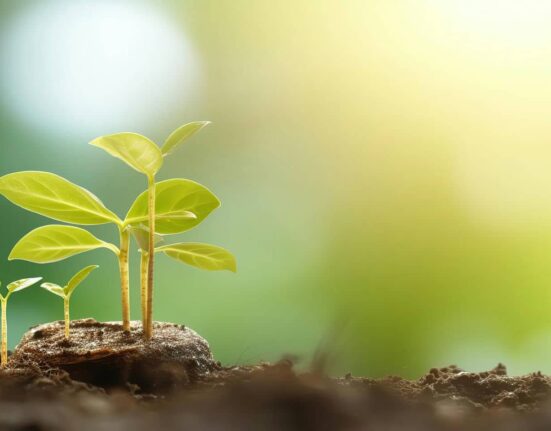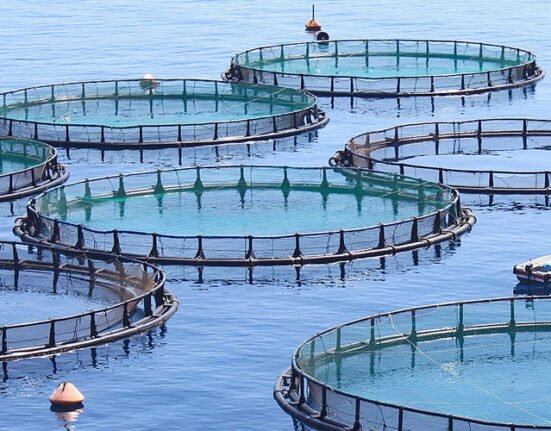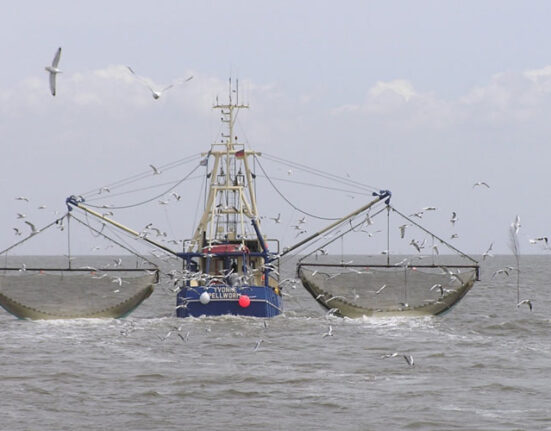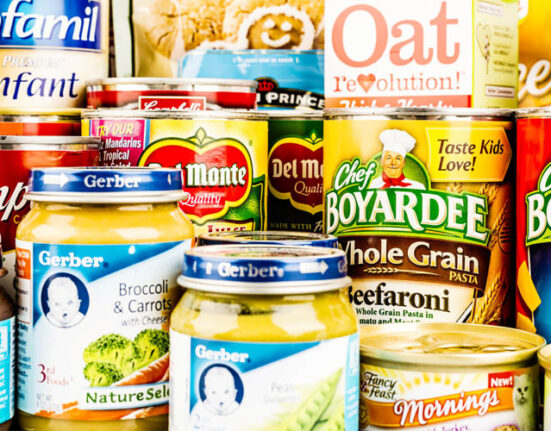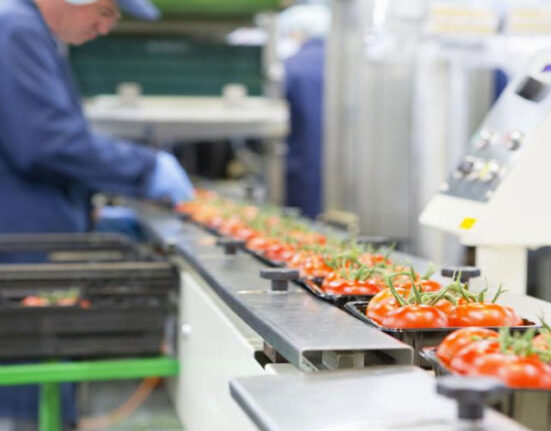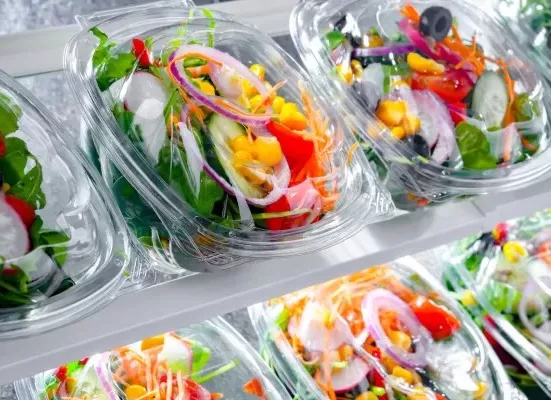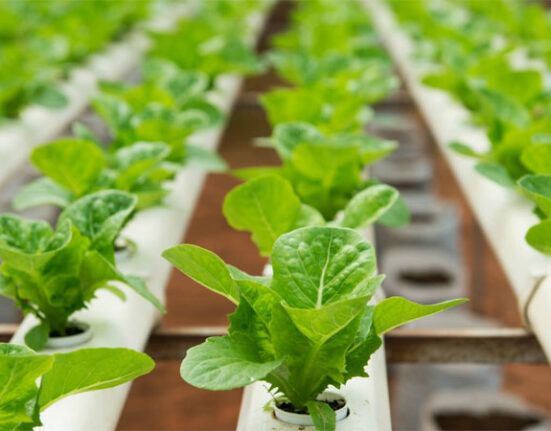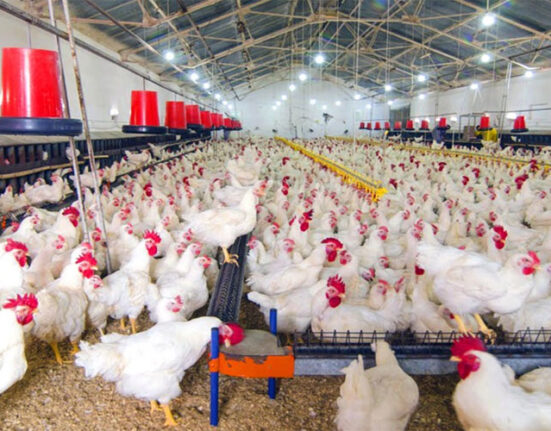Each year millions of cubic metres of rainwater washes away. Now local municipalities are exploring ways to utilise this precious resource.
The Kingdom of Bahrain is situated in one of the driest regions in the world. Each year the country receives only 10cm of rain, most of which goes down the drain or is disposed of in the sea. While rainwater may be unfit for human consumption due to possible contamination, it can be used for farming and for a host of domestic purposes. Rainwater harvested in tanks in Europe is often used to flush toilets, do laundry, water gardens and wash cars.
Municipal chiefs across the country are appealing with government officials to ask experts at the United Nations Development Programme (UNDP) and the United Nations Environment Programme (UNEP) to assist with possible solutions.
According to estimates from UNEP, rainwater captured in basic water tanks in Sub-Saharan Africa are used for irrigating crops, which contributes to food security in the region. Furthermore, building basic, rainwater systems do not require exorbitant funds or technical expertise.
The way forward
The Works, Municipalities Affairs and Urban Planning Ministry established a water storage system in Hunainya Valley last year. The Ministry plans to monitor the success of the pilot project and if it is feasible, new parks or gardens will be constructed in other areas.
A recent study conducted by students from Bahrain University proposes that the government builds a storage tank that is 73,500 cubic metres, with a depth of 15 metres. The proposal has been approved by the Works Ministry and will go ahead this year.
There are also plans to design and develop rain drainage systems, as well as soakaways, which prevent waterlogging by draining wastewater into the surrounding soil.


